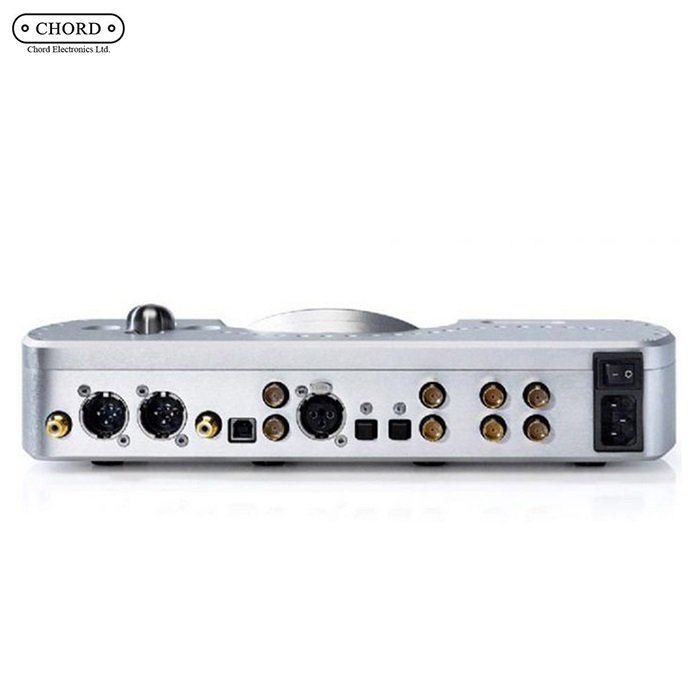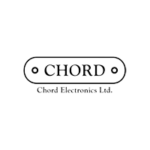Chord Dave
And so to DAVE.
Properly cutting edge stuff. All the features, coupled with mould- breaking performance in a solely built and surprisingly compact package.
It’s the basis of potentially the very finest of headphone systems and a superb upgrade for just about any digitally based audio sytem.
But of course it has to be heard to be appreciated. Turns out that the phase switch has extreme relevance, certainly if it’s fronting a Naim system. Nope, me neither!
Along with all the preceding DACs here, we have it on permanent demonstration.
Stop Press : Chord Electronics DAVE review HiFi Plus November 2016
“Chord Electronics has launched its most advanced DAC to date. Given the acronym DAVE, Chord’s latest-generation digital-to-analogue convertor features the very best conversion technology available, using proprietary techniques never seen before.
DAVE is a highly advanced reference-grade DAC, digital preamp and headphone amplifier. Hand-made in Kent, DAVE is based around a proprietary FPGA (Field Programmable Gate Array) offering more than ten times the program capacity of its predecessor.
At its heart lies a new (and in electronics terms, huge) LX75 version of the Spartan 6 Field Programmable Gate Array (FPGA). The FPGA”s extraordinary capability enables a number of key sonic benefits including significantly improved timing and the best noise-shaper performance of any known DAC. DAVE”s technology delivers music with unmatched reality and musicality, with an unrivalled timing response.”
Inputs:
USB B-style: 44 kHz to 768 kHz – DXD and Quad DSD
2x optical: 44kHz to 192kHz
1 x AES: 44kHz to 192kHz
4 x Coax: 44kHz to 384kHz
Dual-data mode available
Outputs digital:
2x ultra-high-speed coax 768kHz dual-data mode for use with future-unannounced Chord Electronics products.
Maximum output voltage: 6 volts RMS
THD and noise at 2.5 volts: RMS 0.000015 %
THD and noise at 2.5 volts: 127dBA Awt (124dBA into 33 ohms)
Dynamic range at -60 dBFS 1kHz -127 dBA A wt
(No measurable noise floor modulation, no a harmonic distortion)
(Analogue distortion characteristic: no distortion for small signals)
Power requirements: mains power 80 volts to 260 volts; AC 20 watts







Reviews
There are no reviews yet.